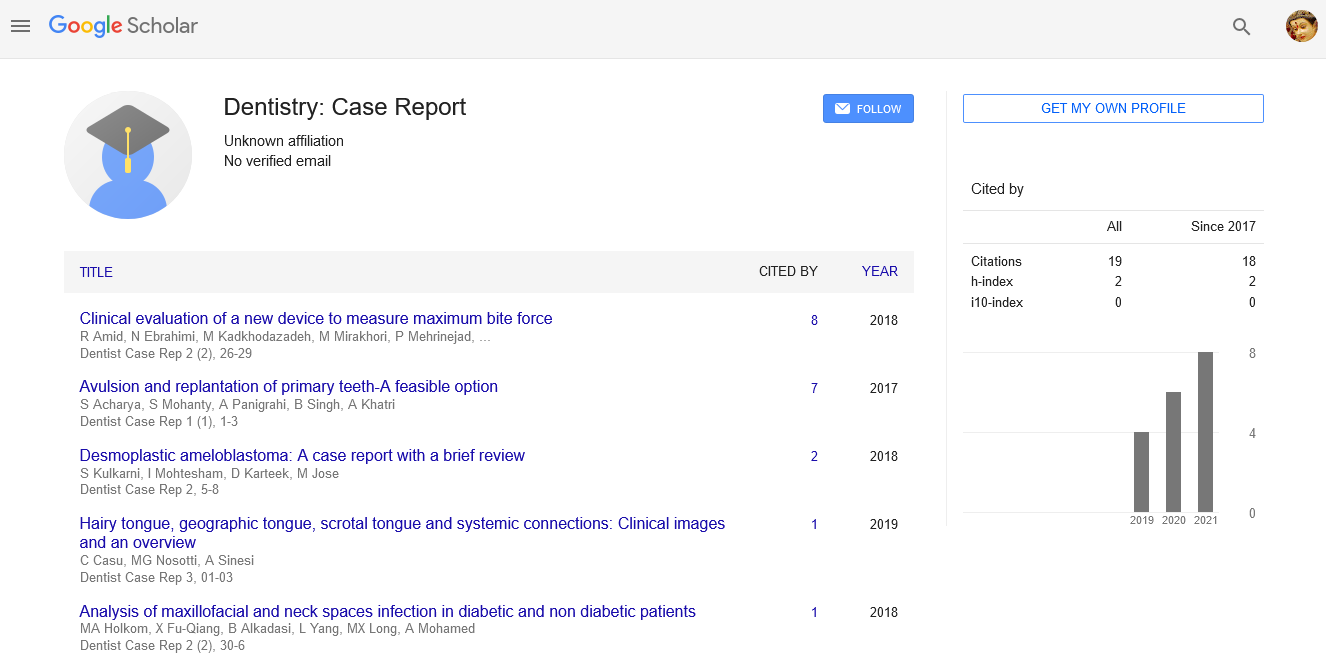Sign up for email alert when new content gets added: Sign up
Natural amelogenesis and the justification of the technology of enamel regeneration with the help of robotic bioprinting of tissues in situ
25th Euro Dentistry Congress
September 20-21, 2017 Dublin, Ireland
Igor Malyshev
Moscow State University of Medicine and Dentistry, Russia
Keynote: Dentistry: Case Report
Abstract :
Loss of teeth because of diseases and injuries leads to disruption of the primary processing of food and reproduction of speech, worsens the aesthetic appearance and, in general, the health and quality of life of the individual. Damage to enamel and caries are the main causes of diseases and tooth loss. The disadvantages of modern methods of caries and enamel damages treatment gave birth to the idea of growing biological equivalents of dental tissues with the help of tissue engineering methods. At the same time, it becomes more and more obvious that it is possible to restore a full-fledged dental tissue only taking into account the laws of natural development of this tissue. Based on an understanding of the molecular and cellular mechanisms of amelogenesis, we proposed the development of a substantially innovative technology for dentistry, the technology of robotic 3D bioprinting of enamel in situ. In this technology, a robotic arm can insert a small bioprinting head into the oral cavity with injectors for cells and materials and provide an accurate position of the head over the tooth. After that, the bioprinting head can produce a precision print in the area of the enamel defect. To develop a clinical version of the technology, several problems need to be solved. Technologies of robotic 3D bioprinting of enamel in situ can provide advantages in comparison with existing methods of treatment, for example, they will increase life span of dental bio fillings for lifetime, reduce the probability of tooth split and penetration into the pulp chamber, and reduce the negative consequences of the human factor associated with low professionalism, tremor of hands and inattention of the dentist. There is reason to believe that in the next decade regenerative dentistry will become an integral component of the treatment of many intractable dental diseases, and the technologies of robotic 3D bioprinting in situ will allow restoring not only individual tooth tissues but the entire tooth complex.
Biography :
Igor Malyshev is a Head of the Department of Pathophysiology and Head of the Laboratory of Cell Biotechnology, Medical School at the Moscow State University of Medicine and Dentistry. He is also the Head of the Laboratory of Stress at the Institute of General Pathology and Pathophysiology, Moscow and Adjunct Professor of Biomedical Sciences at University of North Texas Health Science Center, USA. He is a member of the board of directors of the International Society for Adaptive Medicine and an Editorial Board Member of Journal of Biosciences and Medicines. He has published three books and monographs and 146 full length articles.





